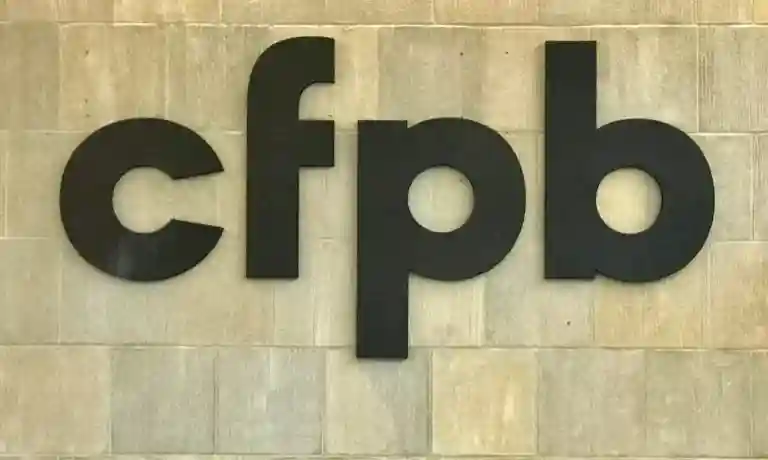Consumer Financial Protection Bureau (CFPB) is a U.S. government agency dedicated to making sure you are treated fairly by banks, lenders and other financial institutions. CFPB is a pivotal entity in the landscape of financial regulation that affect consumers in the United States.
It is established to protect consumers in the financial sector, the CFPB plays a crucial role in ensuring fair practices and transparency. The Consumer Financial Protection Bureau is a 21st century agency that implements and enforces Federal consumer financial law and ensures that markets for consumer financial products are fair, transparent, and competitive.
This blog post delves into:
- the functions of CFPB
- the rules and policies of CFPB
- enforcement actions taken by CFPB
- compliance procedures of CFPB
- consumer assistance provided by the CFPB
- guide you on how to file a consumer complaint with CFPB
- how the CFPB helps resolve these complaints
Functions of the Consumer Financial Protection Bureau (CFPB)
The CFPB was created in response to the 2008 financial crisis, with the primary goal of safeguarding consumers in the financial marketplace. Its key functions include:
- Consumer Education: It provides resources and tools to help consumers make informed financial decisions.
- Rules and Policy: The CFPB implements and enforces federal consumer financial laws to ensure that all consumers have access to markets for consumer financial products and services that are fair, transparent, and competitive.
- Enforcement: It enforces federal consumer financial laws and it takes action against institutions that violate consumer financial laws.
- Regulation and Supervision: The CFPB oversees financial institutions to ensure compliance with federal consumer financial laws.
- Research: The bureau conducts research to understand consumer behavior and financial markets. It publishes various reports related to consumer financial transactions with financial institutions.
Rules and Policies of the Consumer Financial Protection Bureau (CFPB)
The CFPB establishes rules and policies to protect consumers. These include:
- Truth in Lending Act (TILA): Ensures transparency in lending practices.
- Fair Debt Collection Practices Act (FDCPA): Protects consumers from abusive debt collection practices.
- Equal Credit Opportunity Act (ECOA): Prohibits discrimination in credit transactions.
How Consumer Financial Protection Bureau (CFPB) Takes Enforcement Actions
The CFPB has the authority to enforce federal consumer financial laws. It can:
- Investigate: Conduct investigations into potential violations.
- Litigate: File lawsuits against entities that breach consumer protection laws.
- Negotiate Settlements: Reach agreements with violators to rectify issues and compensate affected consumers.
Compliance Procedures and Guidelines of CFPB
The CFPB provides guidelines to help financial institutions comply with consumer protection laws. These include:
- Supervisory Highlights: Reports that outline common compliance issues and best practices.
- Compliance Bulletins: Updates on regulatory changes and compliance expectations.
- Examination Procedures: Detailed procedures for CFPB examinations of financial institutions.
How Consumer Financial Protection Bureau (CFPB) Helps Consumers
The CFPB assists consumers by:
- Providing Educational Resources: Offering tools and information to help consumers understand financial products.
- Handling Complaints: Accepting and addressing consumer complaints about financial products and services.
- Advocacy: Working to ensure consumer interests are represented in policy-making.
How to File a Consumer Complaint with the Consumer Financial Protection Bureau (CFPB)
Filing a complaint with the CFPB is straightforward:
- Visit the CFPB Website: Go to the Consumer Financial Protection Bureau (CFPB’s) official website.
- Submit a Complaint: Use the online form to submit your complaint, providing details about the issue and the company involved.
- Track Your Complaint: Once submitted, you can track the status of your complaint online.
How the Consumer Financial Protection Bureau (CFPB) Helps Resolve Consumer Complaints
After a complaint is filed, the CFPB:
- Forwards the Complaint: Sends the complaint to the company for a response.
- Facilitates Communication: Acts as an intermediary between the consumer and the company.
- Provides Updates: Keeps the consumer informed about the progress and resolution of the complaint.
What Kind of Databases are Maintained at Consumer Financial Protection Bureau (CFPB)
The CFPB maintains several databases, including:
- Consumer Complaint Database: A public database of consumer complaints.
- HMDA Database: Data on mortgage lending practices.
- Small Business Lending Database: Data on small business loans.
- Credit Card Database: Information on credit card agreements and practices.
Summary
The Consumer Financial Protection Bureau plays a vital role in protecting consumers in the financial marketplace. By enforcing laws, providing educational resources, and handling complaints, the CFPB ensures that consumers are treated fairly and transparently. Filing a complaint with the CFPB is a simple process that can lead to the resolution of financial disputes.
Frequently Asked Questions
Q1: What types of complaints can I file with the CFPB?
A1: You can file complaints about a wide range of financial products and services, including mortgages, credit cards, loans, and debt collection.
Q2: Is there a fee to file a complaint with the CFPB?
A2: No, filing a complaint with the CFPB is free of charge.
Q3: How long does it take for the CFPB to resolve a complaint?
A3: The time it takes to resolve a complaint can vary, but the CFPB aims to provide a response within 15 days.
Q4: Can I file a complaint anonymously?
A4: While you can submit a complaint without providing personal information, doing so may limit the CFPB’s ability to address your issue effectively.
Q5: How can I check the status of my complaint?
A5: You can track the status of your complaint through the CFPB’s website using the complaint ID provided at submission.
